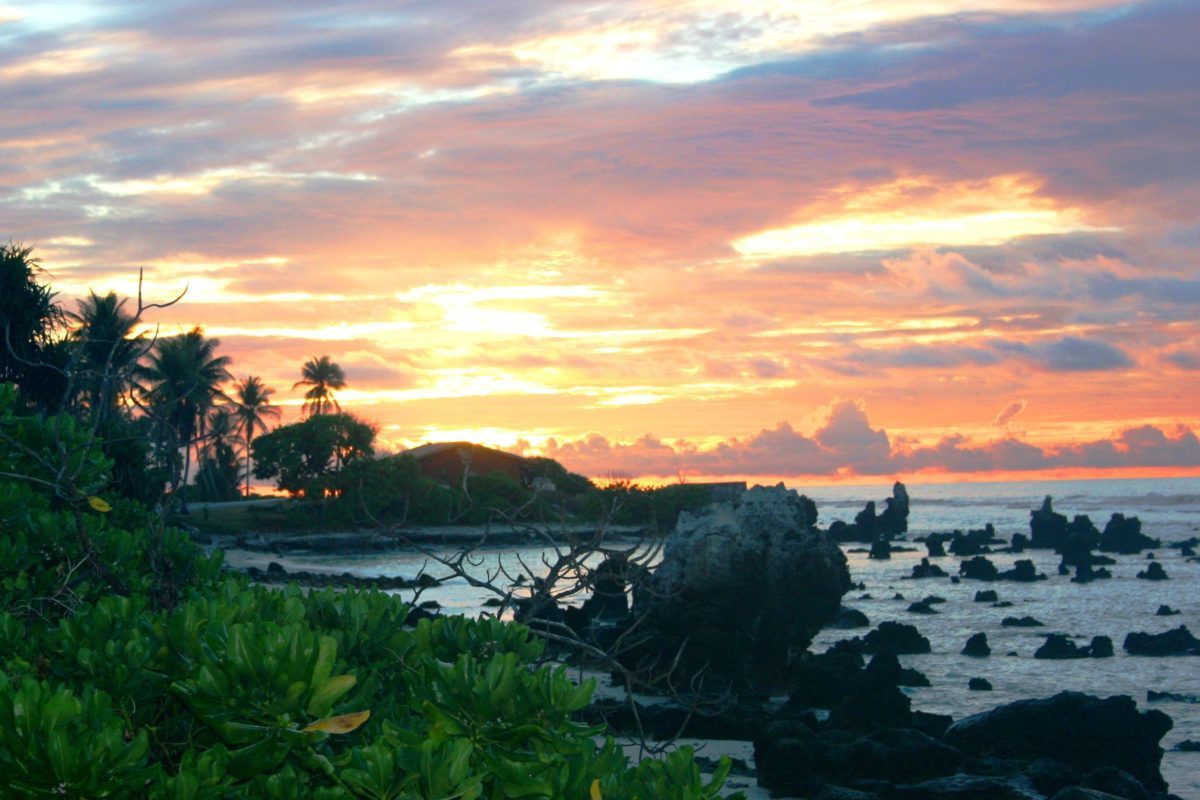From pv magazine Global.
The Republic of Nauru, like many Pacific Ocean island states relies almost entirely on diesel generators for its power.
However, the government has decided raise the share of renewables in the power mix of the 21km² nation from 3% to 47% with a large-scale solar-plus-storage project.
The power plant will have a solar capacity of 6 MW and 5 MW/2.5 MWh of storage. “The system will be fully automated and integrated with the existing diesel system to optimize solar energy use, enable optimal battery energy storage system charging and discharging and allow optimal shut-off of the diesel engines,” said the Asian Development Bank (ADB), which has agreed to finance the $27 million project with a $22 million loan.
The Nauru Solar Power Development Project will be owned and operated by the Nauru Utilities Corporation and will provide almost all of the daylight electricity consumption needs of the world’s third smallest nation.
The ADB is backing the project under its Pacific Renewable Energy Investment Facility, which supports renewable energy projects in states including the Cook Islands, the Federated States of Micronesia, Kiribati, Palau, the Marshall Islands, Samoa, the Solomon Islands, Tonga, Tuvalu and Vanuatu.
Nauru and many of its neighbors are expected to be among the first nations in the world to disappear if rising sea levels are not checked and the country’s politicians have been outspoken critics of developed nations at UN climate change gatherings.
In early August, Saint Kitts and Nevis began a 35.6 MW solar array to be paired with 44.2 MWh of storage capacity that is expected to provide around a third of the nation’s power demand. The solar-plus-storage plant will provide clean power to state-owned electric utility Skelec for 20 years.
This content is protected by copyright and may not be reused. If you want to cooperate with us and would like to reuse some of our content, please contact: editors@pv-magazine.com.









By submitting this form you agree to pv magazine using your data for the purposes of publishing your comment.
Your personal data will only be disclosed or otherwise transmitted to third parties for the purposes of spam filtering or if this is necessary for technical maintenance of the website. Any other transfer to third parties will not take place unless this is justified on the basis of applicable data protection regulations or if pv magazine is legally obliged to do so.
You may revoke this consent at any time with effect for the future, in which case your personal data will be deleted immediately. Otherwise, your data will be deleted if pv magazine has processed your request or the purpose of data storage is fulfilled.
Further information on data privacy can be found in our Data Protection Policy.